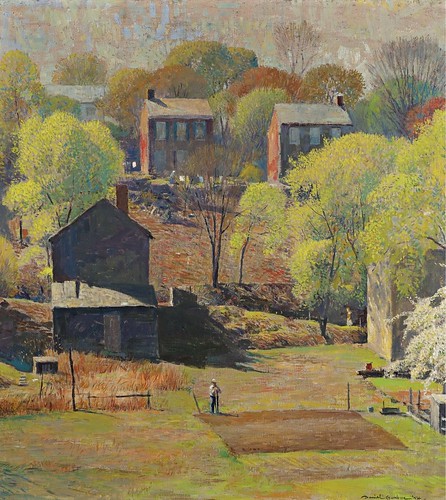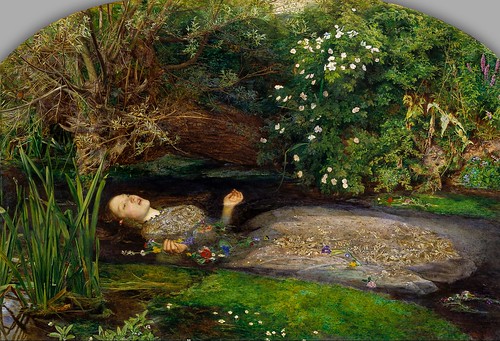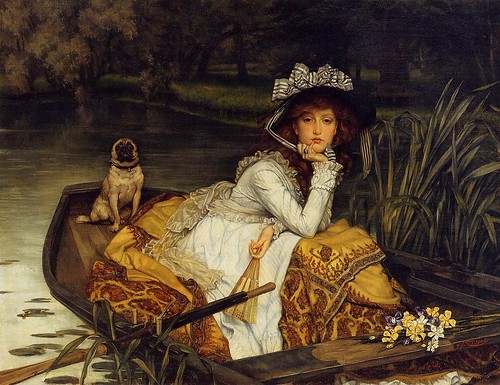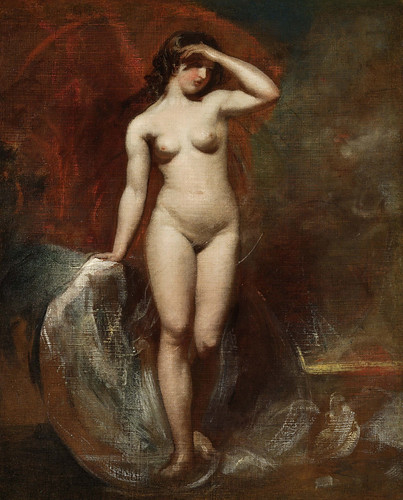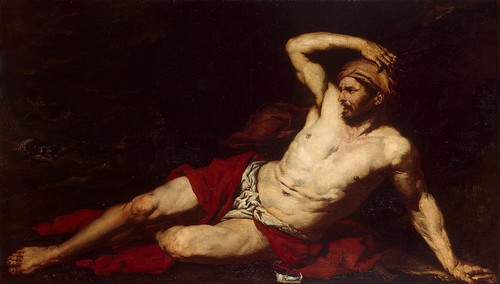
John Constable - Weymouth Bay, Bowleaze Cove and Jordon Hill [1816-17], originally uploaded by Gandalf's Gallery.
A view looking west, showing the small Jordan River flowing over the sands, and Jordan Hill and Furzy Cliff behind. In October 1816 Constable went to Osmington near Weymouth for his honeymoon; the idea for the painting probably dates from this period. A larger version called Osmington Shore was exhibited by him at the British Institution in 1819.
[Oil on canvas, 53 x 75 cm]
